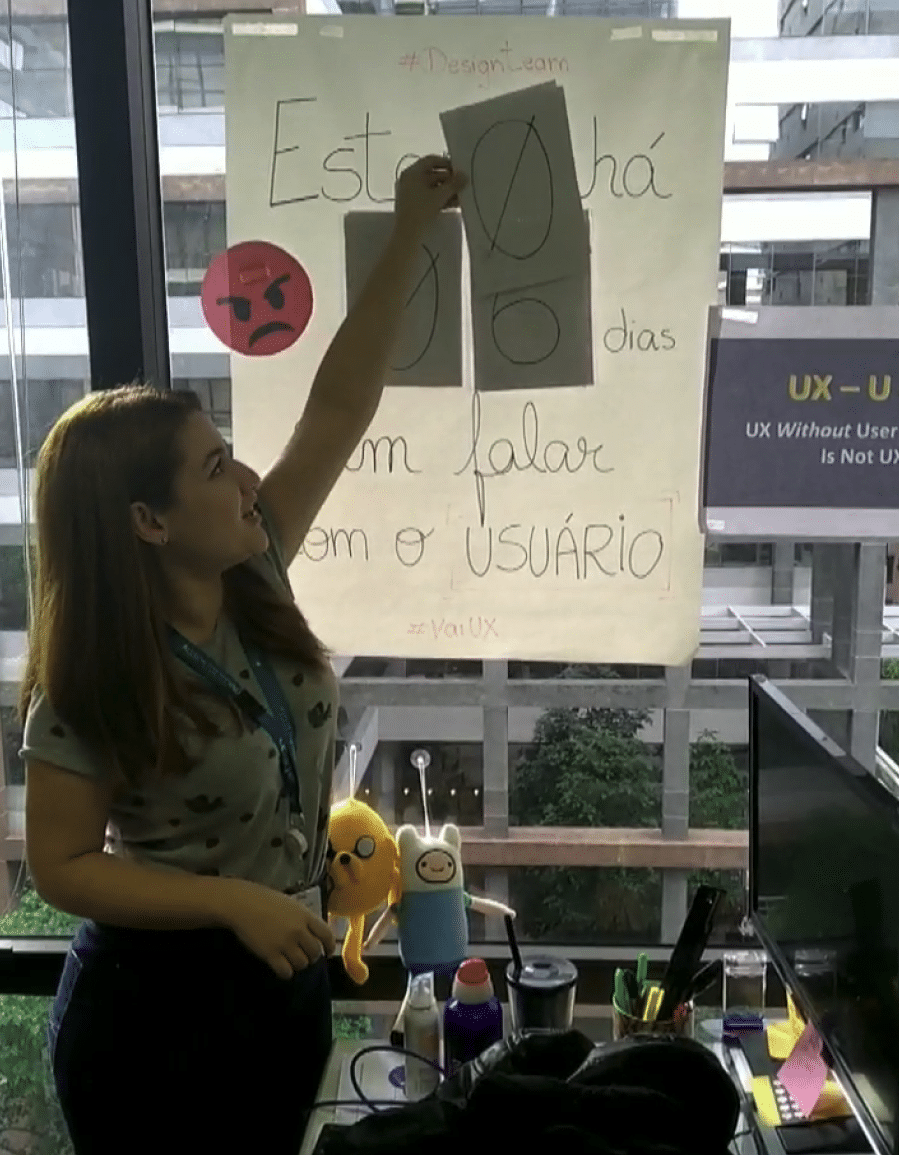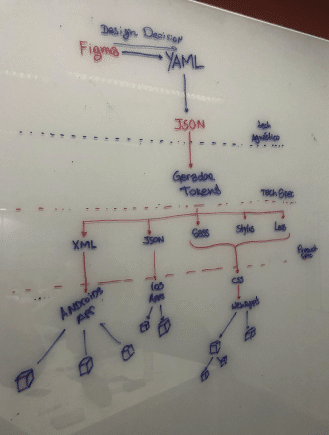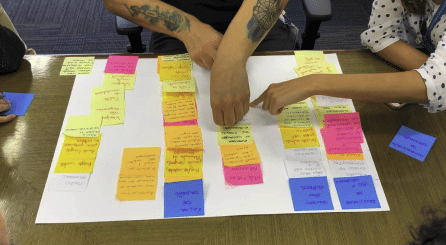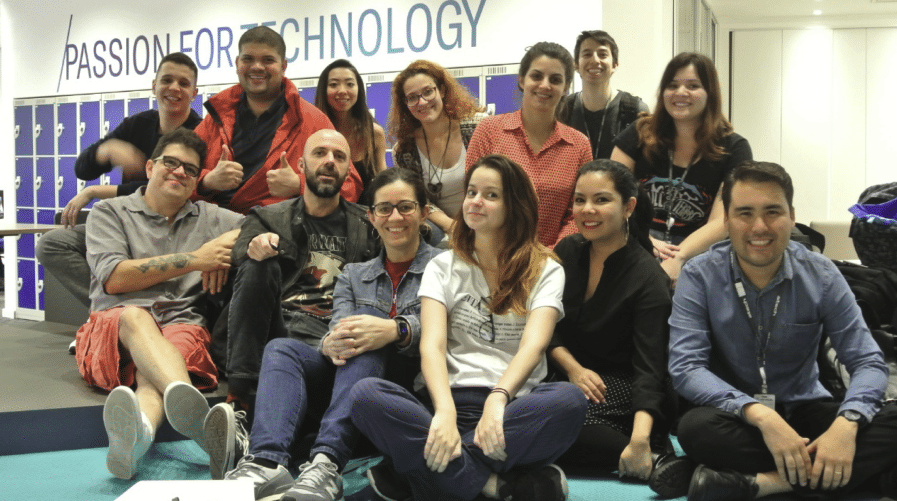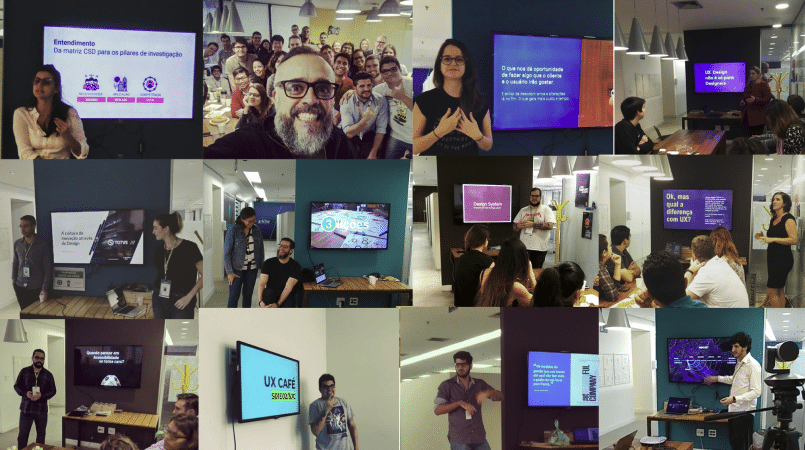Creating a User-Centered Culture in the Defense and Air Traffic Industries
Developing a user-centered product culture, scaling the UX team, increasing customer satisfaction,
reducing costs, and launching innovative products.
Context
In 2015, I was hired by Embraer to create and lead a digital product team focused on UX within the Embraer Systems unit, which developed B2B solutions for demanding clients such as Petrobras and Vale. The goal was to transform internal systems into robust, user-focused solutions.
By the end of 2016, Embraer consolidated its B2B systems, defense, and air traffic management (ATM) initiatives under Atech, a subsidiary specializing in critical systems. I was invited to establish and lead the UX team at Atech.
Atech had never worked with designers, relying on traditional software development methods without active user or client involvement. The challenge was to transform this culture, integrating UX practices and positioning design as a strategic tool for innovation and efficiency.
- Company
Atech S/A | Embraer Group
- Type of project
Establishing a User-Centered Design Team and Processes
- Duration
3 anos (jan 2016 – dez 2018)
- Outcomes/Outputs
→ 70% cost savings in project expenses and 45% reduction in development costs
→ 25% increase in delivery acceleration
→ 25% reduction in support calls, leading to a 5% profit increase
→ Reduced average time without direct user interaction from 69 days to 3 days
→ Launched 9 strategic products
- Role
As a design leader, my journey started in a hands-on role, taking on strategic projects to demonstrate the value of user-centered design. As the results started to show, we scaled the operation, growing the UX team from 1 to 18 members by defining roles, career paths, and implementing a flexible process model that accommodated both agile methodologies in B2B and project-based approaches in sectors like defense and ATM.
I also led the creation of the Design System, ensuring visual consistency and interface efficiency, and restructured the B2B, defense, and ATM product families, directly impacting how we developed and marketed our solutions.
Additionally, I collaborated with the marketing team to shape product promotion strategies for trade shows and events and spearheaded the launch of the company’s new website. I founded UX Café, a forum for discussion and knowledge sharing, and represented the team at industry events and conferences, strengthening the company’s brand and attracting talent.
Problem
A Atech faced a series of challenges that needed to be addressed, with the key question being:
Lack of a UX Team
There were no dedicated design professionals, and the company lacked a UX structure capable of delivering user-centered solutions.
Inconsistency and Inefficiency
Existing processes were not optimized, impacting product quality and customer satisfaction.
Traditional Development Processes
Atech followed conservative development methods that did not incorporate co-creation practices, usability testing, or continuous feedback.
Limited User Focus
With a deeply rooted engineering culture, the company did not involve end users or clients in the development process. Statements like "The user will use whatever we deliver" were common, reflecting a lack of attention to usability.
Need to Adapt to the B2B Market
As Atech expanded into markets like Petrobras and Vale, the company faced the challenge of raising its usability and quality standards to meet industry expectations.
How can we create and scale a UX team in a critical and complex systems organization, ensuring quality, consistency, and greater user engagement?
Solution Delivered
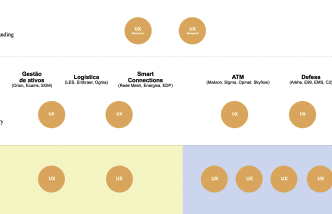
Structuring and Scaling the UX Team
Grew the UX team from 1 to 18 members, developing specialized roles and clear career paths.
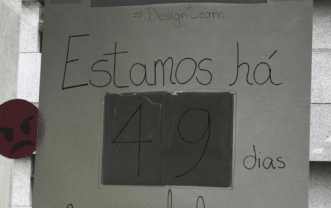
Establishing User Interaction Consistency
Implemented the User Contact Dashboard, reducing average time without user interaction from 69 to 3 days and promoting continuous validation.
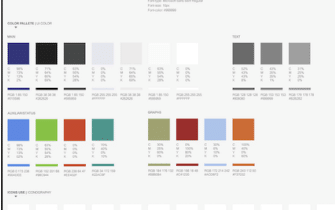
Creating a Design System
Developed Atech’s first Design System, ensuring visual consistency and efficiency while reducing project delivery time by 25%.
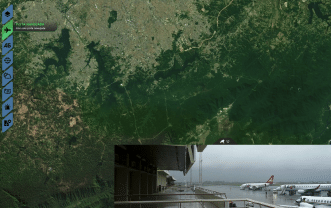
Redesigning Complex Products
Redesigned critical systems like OPMET and Sigma, cutting message execution time by 76% and significantly improving operational efficiency.
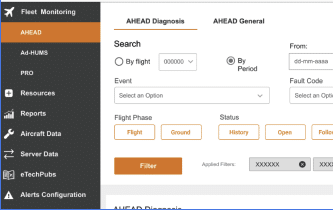
Launching New Products
Delivered 9 innovative products, including Cosmos (remote air traffic control), LES, Arkhe Governance, and data analytics solutions.
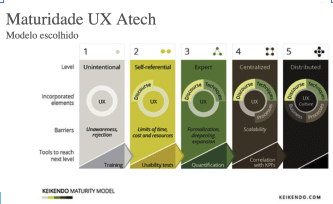
Achieving UX Maturity
After two years, Atech reached Level 3 in the Keikendo Model, reflecting successful UX implementation and growing user involvemen
Process and Methodology
My leadership was guided by three key pillars to maximize user experience and ensure project success:
Understanding Business Goals (Why) → Aligning design solutions with the company’s strategic needs.
Building the Right Team (Who) → Recruiting skilled professionals tailored to the business context and initiatives.
Establishing Effective Processes (How) → Optimizing workflows to deliver high-quality, user-focused solutions.
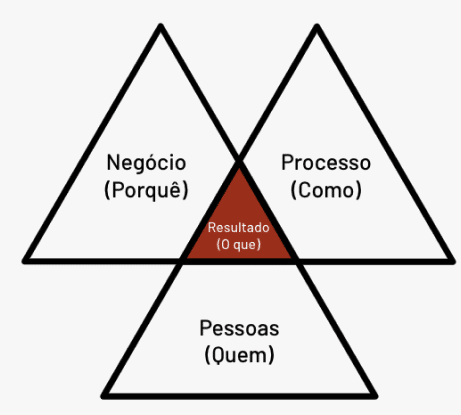
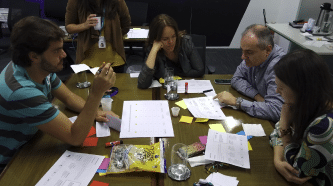
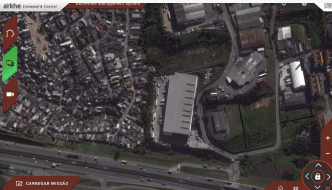
Business Alignment:
Focus on aligning design and solutions with the company’s strategic needs
Conducted strategic mapping and board engagement to reposition design as a cornerstone of product development.
Launched 9 new products, including Cosmos and Arkhe Governance.
Restructured B2B, defense, and ATM product families to improve coherence and sales effectiveness.

70%
cost savings in project budgets.
45%
reduction in development costs through usability-driven requirements.
Simplified Navigation
Significant improvements in user experience and product quality, driven by increased customer involvement in usability testing and continuous feedback loops.
Processes
Key to maximizing efficiency and ensuring the delivery of innovative solutions.
We needed to embed design into the company’s existing processes, using the Double Diamond framework to guide discovery and development, while introducing KPIs to measure the impact of UX initiatives.
To increase development speed, we started building reusable components and implementing more agile processes.
95.6%
Reducing the average time without direct user interaction (from 69 days to just 3 days), fostering a culture of continuous product validation.
Componentization and optimization
Introduced reusable components and streamlined workflows, accelerating development and enhancing agility.
People
Building and Leading a Skilled and Context-Driven UX Team
Building and Scaling a High-Performing UX Team
- Team Development → Initially worked hands-on in OPMET and Sigma, proving the value of UX before scaling the team. Later, expanded the team from 1 to 18 members, creating specialized roles such as UX designers, UI designers, information architects, and front-end developers.
- Career Tracks → Structured clear career paths and implemented a more efficient recruitment process, developing detailed job descriptions and defining team needs.
- Integration with Sales and Engineering → Partnered closely with technical sales and engineering teams to integrate UX into the early stages of project planning, improving internal communication and reinforcing design as a strategic function.
25%
Reduction in project delivery time through the use of reusable components.
76%
Increased efficiency in product redesign by Optimized workflows
UX culture: Education and Dissemination
- Creation of UX Café → I launched the UX Café, an internal forum promoting workshops and discussions about UX best practices, educating the organization on the importance of user-centered design.
- Training and Industry Presentations → I participated in internal training sessions and industry events, showcasing our work and strengthening the company’s reputation in the market. This also helped position Atech as an attractive destination for design talent.
Internal and External Partnerships
- Collaboration with Marketing → I contributed to defining the product experience for exhibitions and events, while also spearheading the launch of Atech’s new website. I worked directly with external vendors on branding and manual creation.
- Enhancing the Atech Brand → These partnerships, combined with strategic UX integration, elevated Atech’s visibility in the market and improved its relationship with the Embraer Group.
Key Learnings
The integration of user-centered design principles, aligning the system with military workflows and adapting it to the Waterfall model, was essential. Prioritizing features in the roadmap based on research played a key role in this process.
User Engagement
Early usability tests revealed gaps in team alignment, prompting pre-test briefings that improved outcomes and made clients eager for future tests.
Cultural Flexibility
UX methods, such as user testing and interviews, remained valuable even in rigid contract scopes, improving efficiency and satisfaction.
Hiring Strategy
Transitioning from UI-focused designers to usability and information architecture specialists ensured success in technical contexts.
Proactive Collaboration with Sales
Early UX involvement in sales and engineering processes aligned solutions with client needs and business goals.

